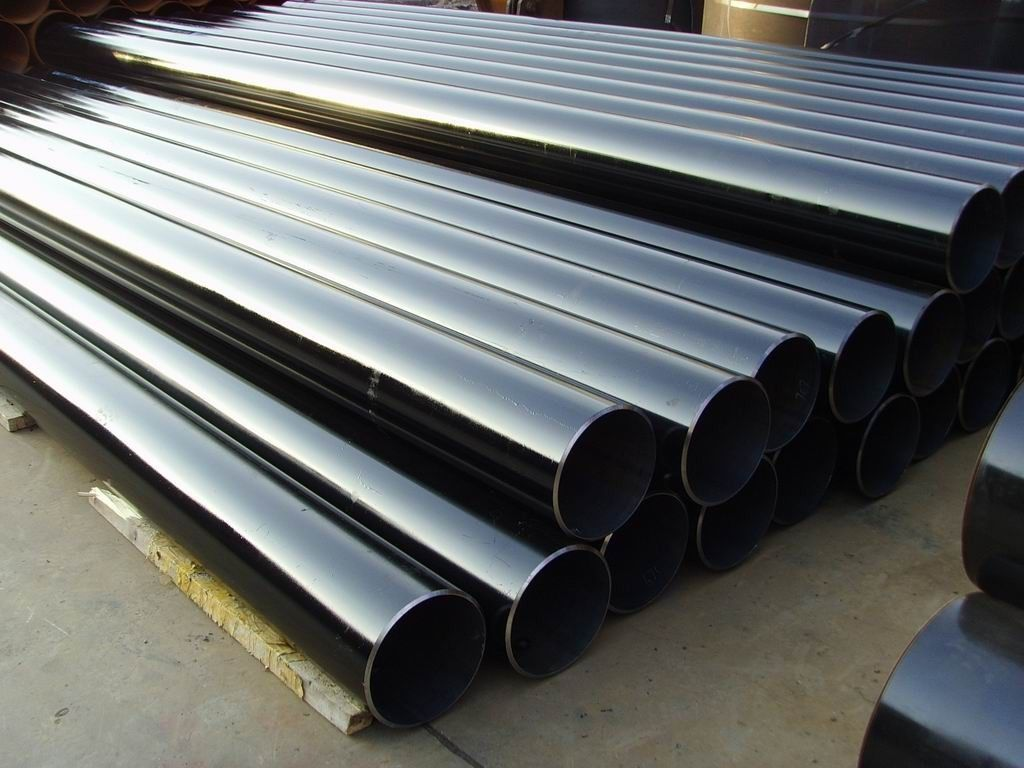-
Cangzhou Yulong Steel Co., Ltd.
-
Phone:
+86 13303177267 -
Email:
admin@ylsteelfittings.com
- English
- Arabic
- Italian
- Spanish
- Portuguese
- German
- kazakh
- Persian
- Greek
- French
- Russian
- Polish
- Thai
- Indonesian
- Vietnamese
- Zulu
- Korean
- Uzbek
- Hindi
- Serbian
- Malay
- Ukrainian
- Gujarati
- Haitian Creole
- hausa
- hawaiian
- Hebrew
- Miao
- Hungarian
- Icelandic
- igbo
- irish
- Japanese
- Javanese
- Kannada
- Khmer
- Rwandese
- Afrikaans
- Albanian
- Amharic
- Armenian
- Azerbaijani
- Basque
- Belarusian
- Bengali
- Bosnian
- Bulgarian
- Catalan
- Cebuano
- China
- China (Taiwan)
- Corsican
- Croatian
- Czech
- Danish
- Esperanto
- Estonian
- Finnish
- Frisian
- Galician
- Georgian
- Kurdish
- Kyrgyz
- Lao
- Latin
- Latvian
- Lithuanian
- Luxembourgish
- Macedonian
- Malgashi
- Malayalam
- Maltese
- Maori
- Marathi
- Mongolian
- Myanmar
- Nepali
- Norwegian
- Norwegian
- Occitan
- Pashto
- Dutch
- Punjabi
- Romanian
- Samoan
- Scottish Gaelic
- Sesotho
- Shona
- Sindhi
- Sinhala
- Slovak
- Slovenian
- Somali
- Sundanese
- Swahili
- Swedish
- Tagalog
- Tajik
- Tamil
- Tatar
- Telugu
- Turkish
- Turkmen
- Urdu
- Uighur
- Welsh
- Bantu
- Yiddish
- Yoruba

Sep . 07, 2024 08:43 Back to list
Pressure Release Design - Innovative Solutions for Safety and Efficiency
Understanding Pressure Release Design A Key to Safety and Efficiency
Pressure release design is an essential aspect of engineering, particularly in industries that involve the storage and handling of gases and liquids under pressure. This design principle focuses on the safe management of pressure within systems, ensuring that devices operate efficiently while minimizing the risk of catastrophic failures. Whether in chemical plants, oil refineries, or other facilities handling pressurized materials, pressure release systems play a crucial role in safeguarding both personnel and equipment.
At the core of pressure release design is the concept of pressure relief mechanisms. These mechanisms are engineered to activate when pressure levels exceed predetermined thresholds, allowing excess pressure to escape safely. Common examples include pressure relief valves (PRVs), rupture disks, and pressure-sensitive shutoff devices. Each of these components serves as a critical line of defense, preventing potential explosions or equipment damage caused by overpressure scenarios.
One of the primary considerations in pressure release design is the determination of the appropriate pressure set points. Engineers must carefully analyze the system's operating conditions, considering factors such as temperature, fluid dynamics, and material properties. By accurately setting these thresholds, they can ensure that pressure release mechanisms function effectively, providing timely responses to potential overpressure situations.
pressure release design

Another vital aspect is the proper placement and sizing of pressure relief devices. These devices should be strategically located within the system to allow for optimal pressure release while preventing the accumulation of hazardous materials. Additionally, the sizing must account for the maximum possible flow rate, ensuring that the system can handle sudden pressure surges without failure.
Furthermore, regular testing and maintenance of pressure release systems are crucial for their reliability. Routine inspections and functional tests help identify wear and tear, allowing for timely replacements and repairs. As industries evolve and technologies advance, adopting new standards and practices for pressure release design is essential to enhance safety measures continually.
In conclusion, pressure release design is a fundamental component of industrial safety and operational efficiency. By implementing robust pressure relief mechanisms and adhering to industry best practices, organizations can significantly reduce the risks associated with high-pressure systems. As industries become more complex, the importance of innovative and effective pressure release design will only continue to grow, ensuring safety and reliability in various applications.
Latest news
-
ANSI 150P SS304 SO FLANGE
NewsFeb.14,2025
-
ASTM A333GR6 STEEL PIPE
NewsJan.20,2025
-
ANSI B16.5 WELDING NECK FLANGE
NewsJan.15,2026
-
ANSI B16.5 SLIP-ON FLANGE
NewsApr.19,2024
-
SABS 1123 FLANGE
NewsJan.15,2025
-
DIN86044 PLATE FLANGE
NewsApr.19,2024
-
DIN2527 BLIND FLANGE
NewsApr.12,2024
-
JIS B2311 Butt-Welding Fittings LR/SR 45°/90° /180°Seamless/Weld
NewsApr.23,2024











